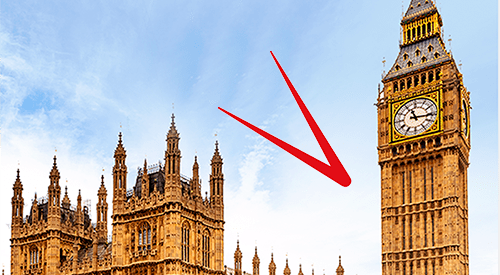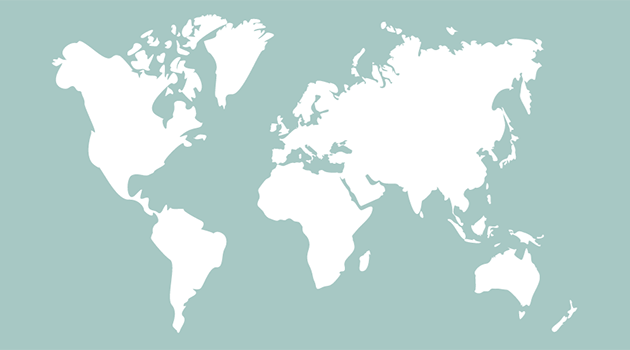
Nato Secretary General and outgoing Dutch Prime Minister Mark Rutte will no doubt be pleased that the Netherlands is meeting the 2% of GDP defence commitment in 2024 for the first time. The Netherlands is one of 23 Nato members expected to spend 2% or more of GDP on defence, up from 10 countries in 2023.
The organisation recently published its annual analysis of defence expenditure, looking at the spending of 31 of its 32 members between 2014 and 2024. This year’s analysis includes new member Sweden, which joined on 7 March 2024, as well as Finland, which joined on 4 April 2023.
There are eight member countries (excluding Iceland, which does not have armed forces) that do not yet meet the 2% of GDP objective, with Spain’s defence spending of an estimated £16.8bn in 2024 proportionately the least in relation to the size of its economy at 1.28% of forecast GDP. Spain has said it will reach 2% of GDP by 2029, while Luxembourg (1.29% in 2024) has committed to do so by 2033, Slovenia (1.29%) by 2030, Belgium (1.30%) by 2023, Canada (1.37%) within the next 10 years, Italy (1.49%) by 2028, Portugal (1.55%) by 2030 and Croatia (1.81%) by 2025 – having missed the target this year.
Seventeen countries are expected to spend between 2% and 2.5% of GDP in 2024, comprising Slovakia (2.00%), Montenegro (2.02%), Albania (2.03%), Netherlands (2.05%), France (2.06%), Türkiye (2.09%), Czechia (2.10%), Hungary (2.11%), Germany (2.12%), Sweden (2.14%), Bulgaria (2.18%), Norway (2.20%), North Macedonia (2.22%), Romania (2.25%), Denmark (2.37%), and Finland (2.41%). Six countries will spend more than 2.5% of GDP: Lithuania (2.85%), Greece (3.08%), Latvia (3.15%), USA (3.38%), Estonia (3.43%) and Poland (4.12%).
Russia’s unprovoked invasion of Ukraine is no doubt the major reason why the Baltic states, Poland and Finland – all bordering Russia – have joined the USA and Greece at the top of the rankings in terms of defence expenditure/GDP. The UK has been one of several countries calling for Nato to increase its defence expenditure target to 2.5% in the light of a deteriorating international security situation.
Defence expenditure in absolute terms is, of course, dominated by the larger economies, with the total estimate for 2024 of £1,160bn comprising USA (£761.2bn), Germany (£76.8bn), UK (£64.6bn), France (£50.6bn), Poland (£27.5bn), Italy (£27.1bn), Canada (£24.0bn), Türkiye (£17.9bn), Netherlands (£16.9bn), Spain (£16.8bn), Sweden (£10.5bn), Norway (£8.3bn), Denmark (£7.8bn), Romania (£6.8bn), Belgium (£6.7bn), Greece (£6.1bn), Finland (£5.7bn), Czechia (£5.3bn), Hungary (£3.9bn), Portugal (£3.6bn), Slovakia (£2.2bn), Lithuania (£1.8bn), Bulgaria (£1.8bn), Croatia (£1.3bn), Estonia (£1.1bn), Latvia (£1.1bn), Slovenia (£0.8bn), Luxembourg (£0.6bn), Albania (£0.4bn), North Macedonia (£0.3bn) and Montenegro (£0.2bn).
Total defence expenditure of Nato countries in 2024 is expected to be equivalent to 2.71% of GDP overall, or 2.02% of GDP if the USA is excluded. It’s the first time that non-USA spending has exceeded 2% in the 21st century.
Not shown in the chart is the number of active military personnel, with Nato reporting that there are an estimated 3.4 million soldiers, sailors, marines, aircrew and guardians in the armed forces of member states, led by the USA with 1,300,200. This is followed by Türkiye (481,000), Poland (216,100), France (204,700), Germany (185,600), Italy (171,400), the UK (138,100), Spain (117,400), Greece (110,800), Canada (77,100), Romania (66,600), Netherlands (41,900), Finland (30,800), Czechia (29,500), Portugal (28,400), Bulgaria (26,900), Norway (24,300), Sweden (23,100), Belgium (21,300), Hungary (20,900), Lithuania (18,500), Denmark (17,300), Slovakia (15,600), Croatia (13,700), Latvia (8,400), Estonia (7,500), Albania (7,000), North Macedonia (6,100), Slovenia (5,900), Montenegro (1,600), and Luxembourg (900). These numbers exclude reserve forces that can be called up in the event of need.
Here in the UK, the debate looks like it is moving on from aspiring to reach 2.5% of GDP in the next few years to thinking about whether we should be moving to 3% of GDP at some point in the 2030s, in order to defend ourselves against an increasing range of potential threats.
Read more: Defence expenditure of Nato countries (2014-2024)




